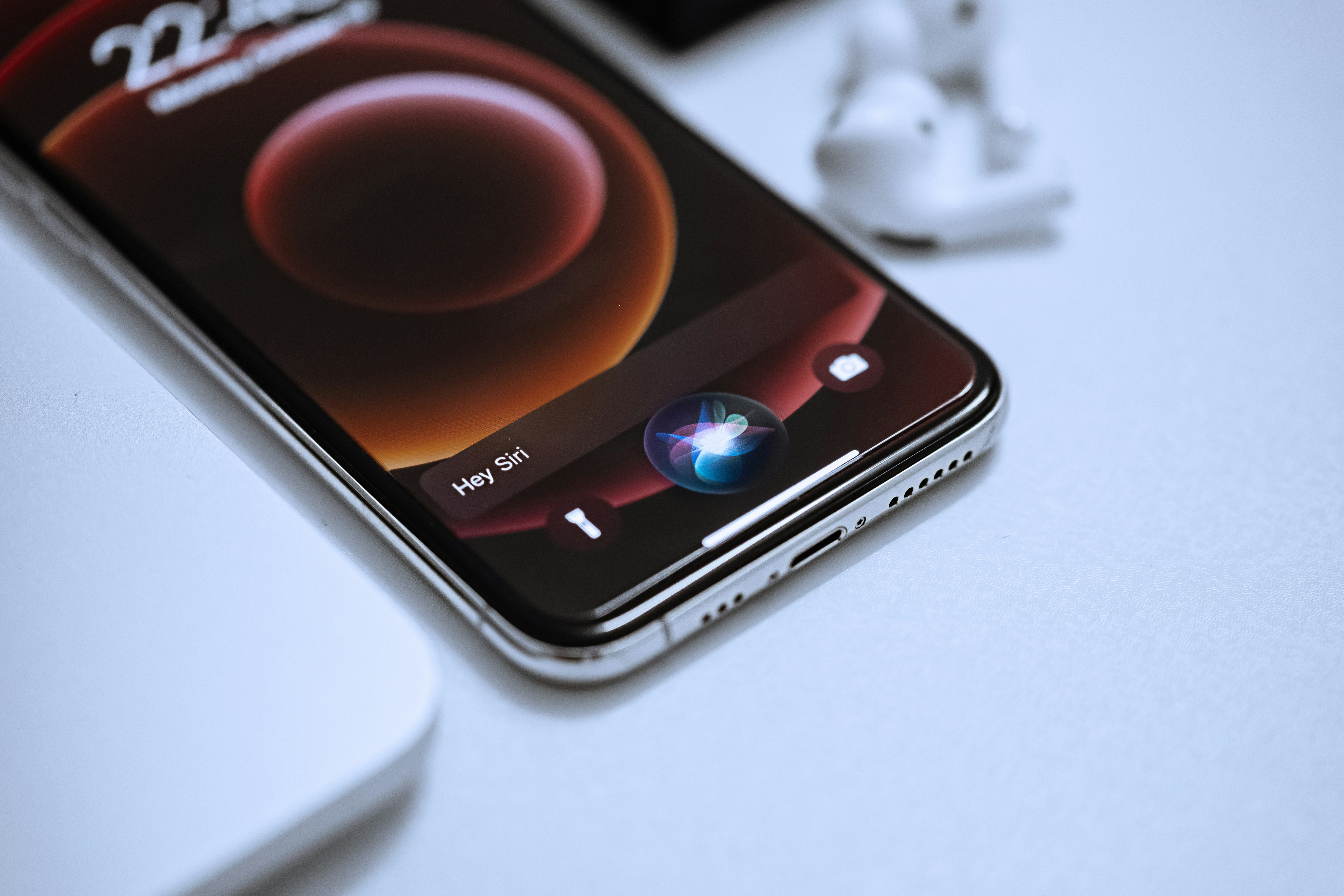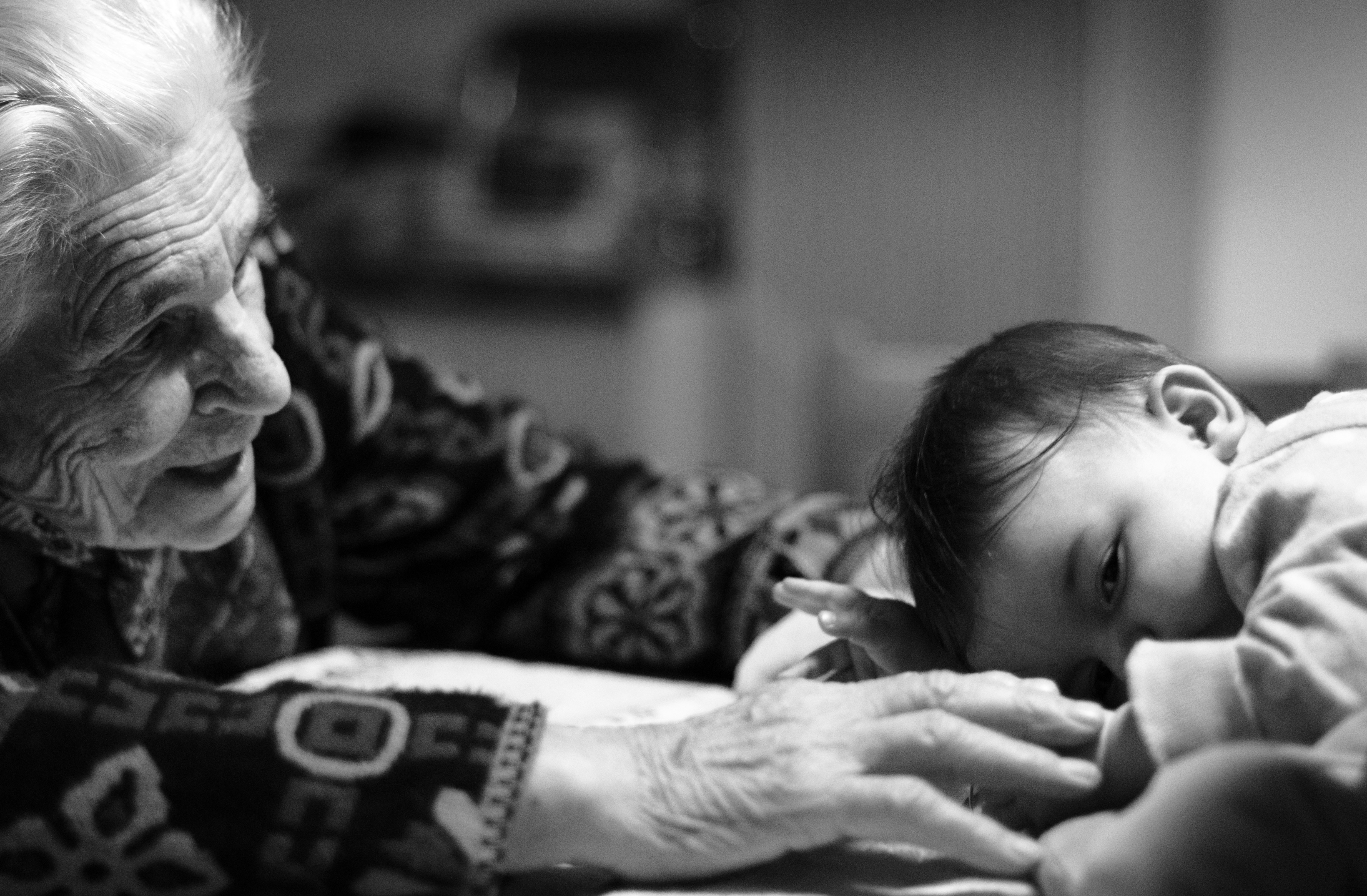Unveiling the Hidden Language of Emojis
Published on November 10, 2024
Unveiling the Hidden Language of Emojis

In our increasingly digital world, emojis have become a universal language, transcending cultural and linguistic barriers. These tiny pictograms have revolutionized how we communicate, especially among younger generations. But what lies beneath the surface of these seemingly simple icons?
The Emotional Shorthand
Emojis serve as an emotional shorthand, allowing us to convey complex feelings in a single character. A simple heart emoji can express love, while a combination of a face with tears of joy and a rolling on the floor laughing emoji can convey uncontrollable laughter. This nuanced expression can be particularly valuable for teens who might struggle to articulate their emotions verbally.
Cultural Context Matters
While emojis are often seen as universal, their interpretation can vary based on cultural context. For example, the thumbs-up emoji, widely used as a positive affirmation in Western cultures, can be considered offensive in some Middle Eastern countries. This cultural nuance in emoji usage highlights the importance of understanding diverse perspectives in our global digital community.
Emojis and Mental Health
Interestingly, emoji usage patterns can sometimes provide insights into a person's mental state. Research has shown that individuals experiencing depression tend to use more negative emojis, while those in a positive mental state use a wider variety of emojis. This correlation suggests that emoji analysis could potentially be used as a tool for early detection of mental health issues, especially among teens who might be reluctant to express their feelings verbally.
Bridging Generational Gaps
Emojis can also serve as a bridge between generations. While teens might be more fluent in emoji usage, parents and grandparents are increasingly adopting this form of communication. Learning to "speak emoji" can be a fun way for families to connect and understand each other better.
The Future of Emoji Communication
As AI and natural language processing continue to advance, we may see more sophisticated analysis of emoji usage patterns. This could lead to better understanding of emotional states and improved communication tools, especially for those who struggle with traditional forms of expression.
In conclusion, emojis are more than just cute pictures – they're a complex language of emotion that can provide valuable insights into our mental states and help bridge communication gaps. By understanding and embracing this digital language, we can foster better understanding and connection in our increasingly digital world.
If you're interested in exploring how AI can help improve communication and emotional understanding in your family, check out Thinker, an AI-powered tool designed to enhance relationships and promote mental well-being.


